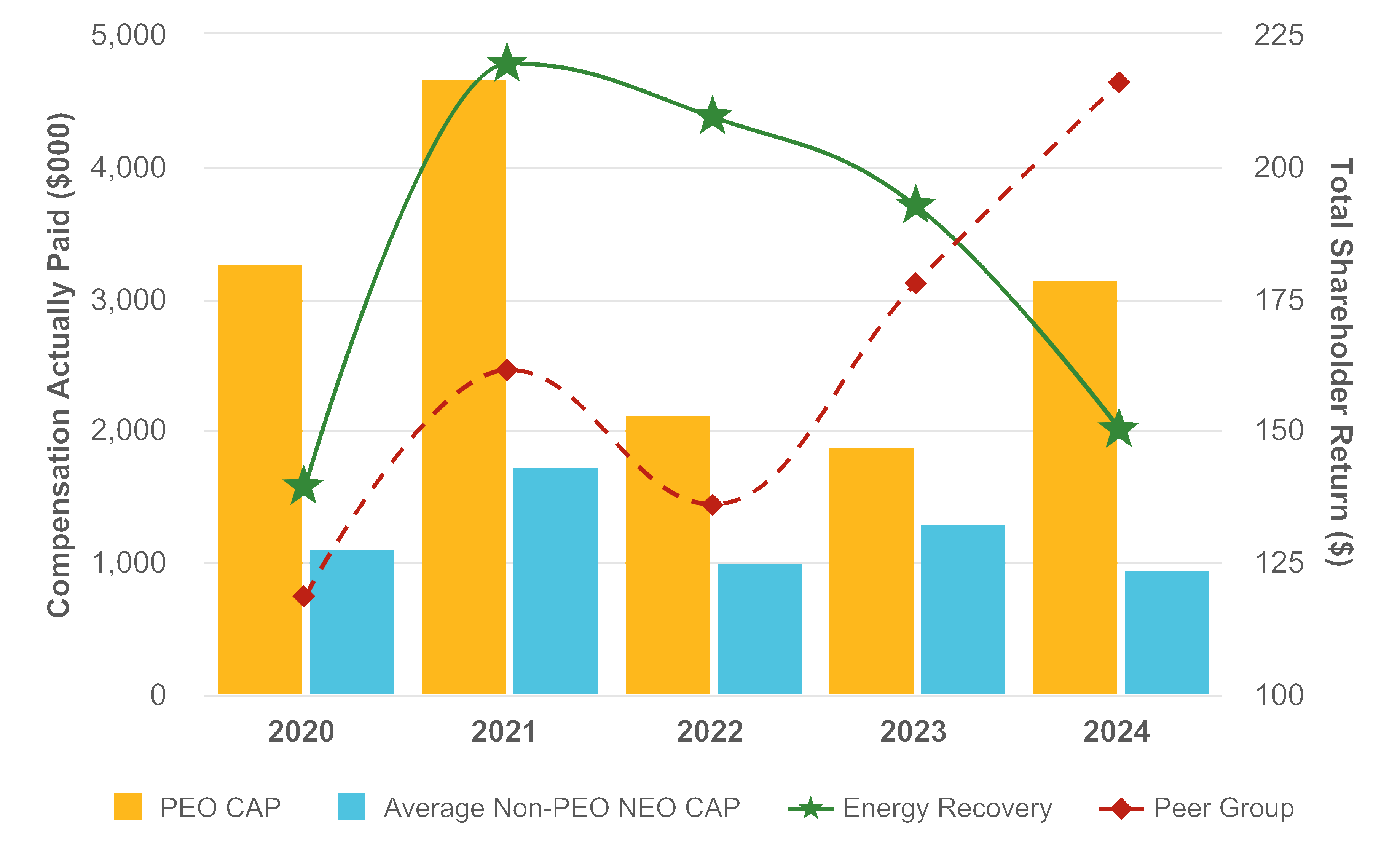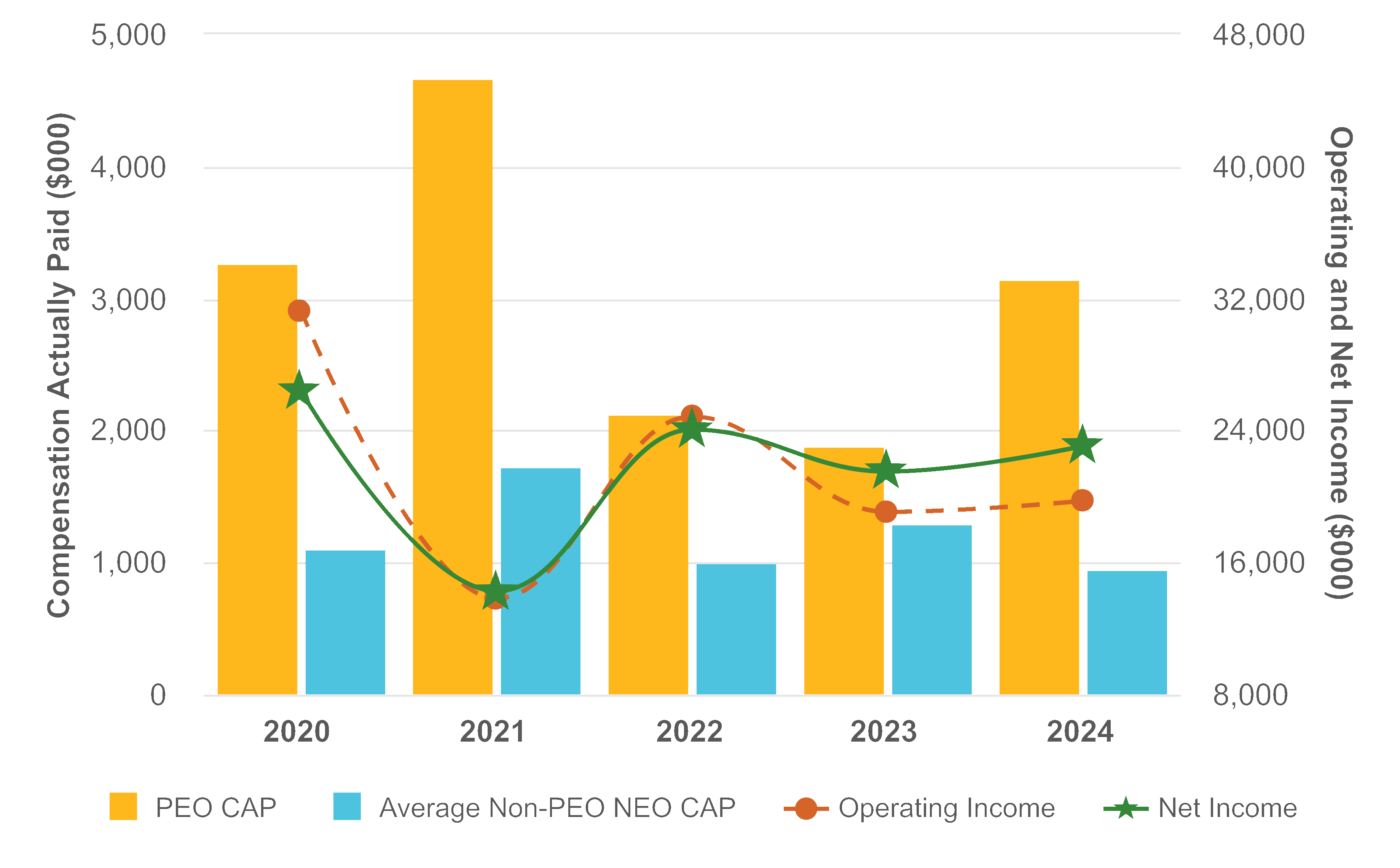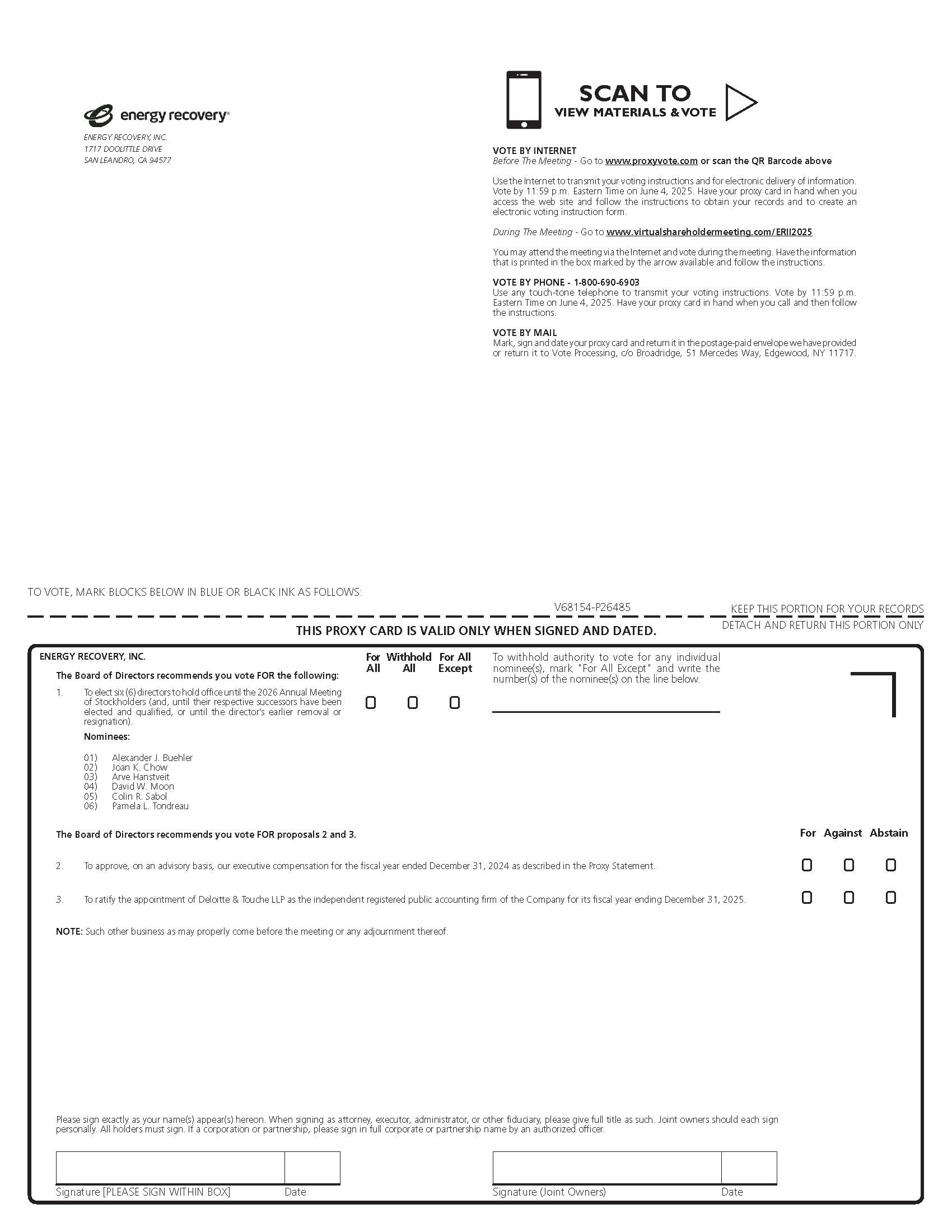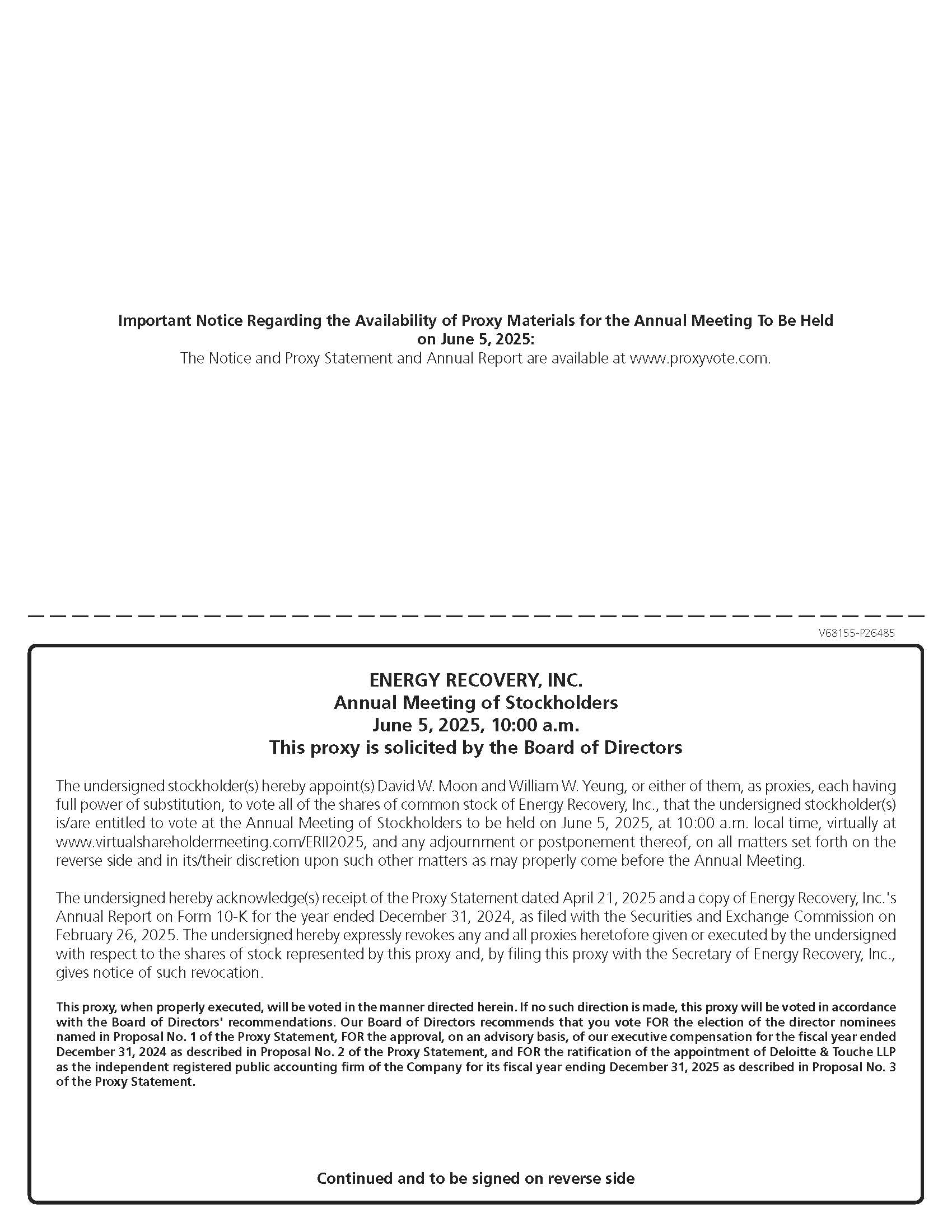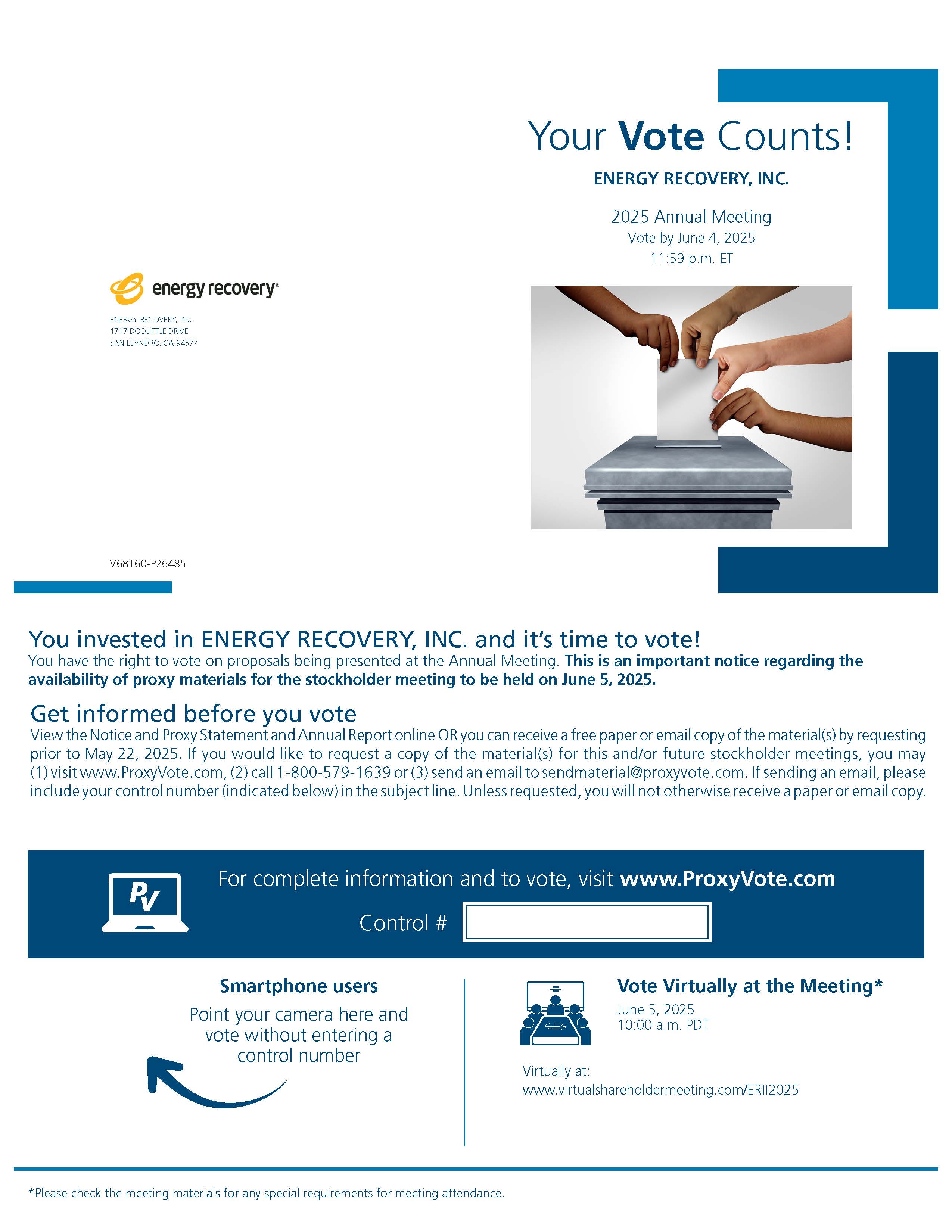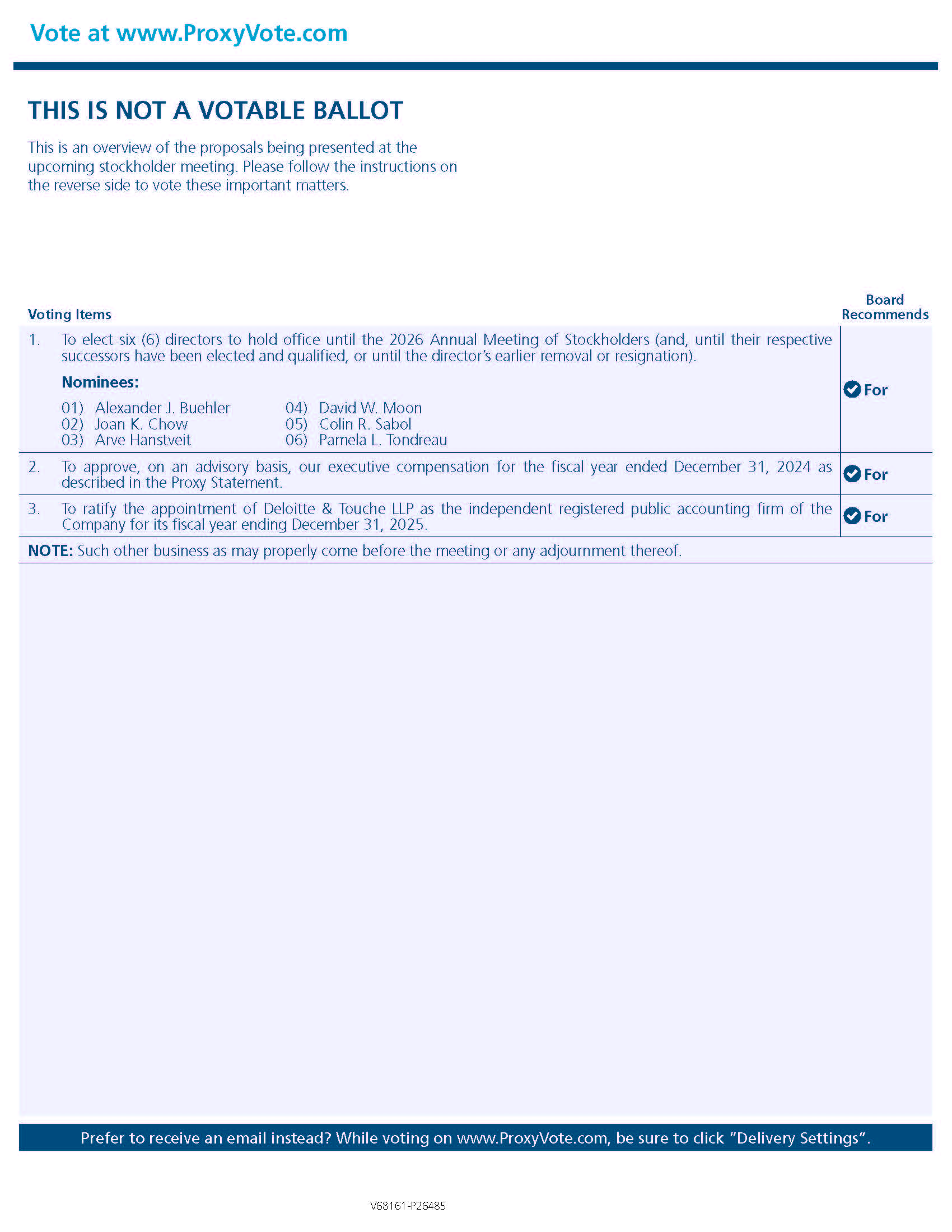Stockholder nominations must also include the information required by the Bylaws.
Under the Bylaws, information as to each person whom the stockholder proposes to nominate
for election as a director must include (i) the name, age, business address and residence
address of the person, (ii) the principal occupation or employment of the person, (iii) the class
or series and number of shares of the Company’s capital stock that are owned beneficially or of
record by the person, (iv) whether and the extent to which any derivative instrument, swap,
option, warrant, short interest, hedge or profit interest or other transaction has been entered
into by or on behalf of the person, or any affiliates or associates of such person, with respect to
stock of the corporation, (v) whether and the extent to which any other transaction,
agreement, arrangement or understanding (including any short position or any borrowing or
lending of shares of the Company’s capital stock) has been made by or on behalf of the person,
or any affiliates or associates of such person, the effect or intent of any of the foregoing being
to mitigate loss to, or to manage risk or benefit of stock price changes for, such person, or any
affiliates or associates of such person, or to increase or decrease the voting power or pecuniary
or economic interest of such person, or any affiliates or associates of such person, with respect
to the Company’s capital stock, (vi) a description of all arrangements or understandings
between the stockholder and each nominee and any other person or persons (naming such
person or persons) pursuant to which the nominations are to be made by the stockholder,
(vii) the written consent of such person to being named as a nominee and to serving as a
director, if elected, (viii) the written representation and agreement of such person required by
Section 2.15 of the Bylaws, and (ix) any other information relating to such person that is
required to be disclosed in solicitations of proxies for elections of directors, or is otherwise
required, in each case pursuant SEC regulations. The stockholder giving notice must also
provide certain other information required under the Bylaws. In addition to satisfying the
foregoing requirements under the Bylaws, to comply with the universal proxy rules,
shareholders who intend to solicit proxies in support of director nominees other than the
Company’s nominees must provide notice that sets forth the information required by
Rule 14a-19 under the Exchange Act no later than 60 days before the one-year anniversary of
the 2025 Annual Meeting.
In addition, the Nominating and Corporate Governance Committee considers and makes
recommendations to the Board regarding any stockholder recommendations for candidates to
serve on the Board. If a stockholder wishes to recommend a candidate to serve on the Board, it
must provide the same information about such recommended candidate as would be required
for a direct nomination discussed in the paragraph above.
A stockholder who wishes to nominate or recommend a candidate to serve on the Board
should carefully review the applicable provisions of the Bylaws. Any such nomination must be
made in accordance with the procedures outlined in, and include the information required by,
the Bylaws. The nomination must be addressed to the Company’s Corporate Secretary (at
Energy Recovery, Inc., Attn: Corporate Secretary, 1717 Doolittle Drive, San Leandro, California
94577). You can also obtain a copy of the Bylaws by writing to the Company’s Corporate
Secretary at this address.






























